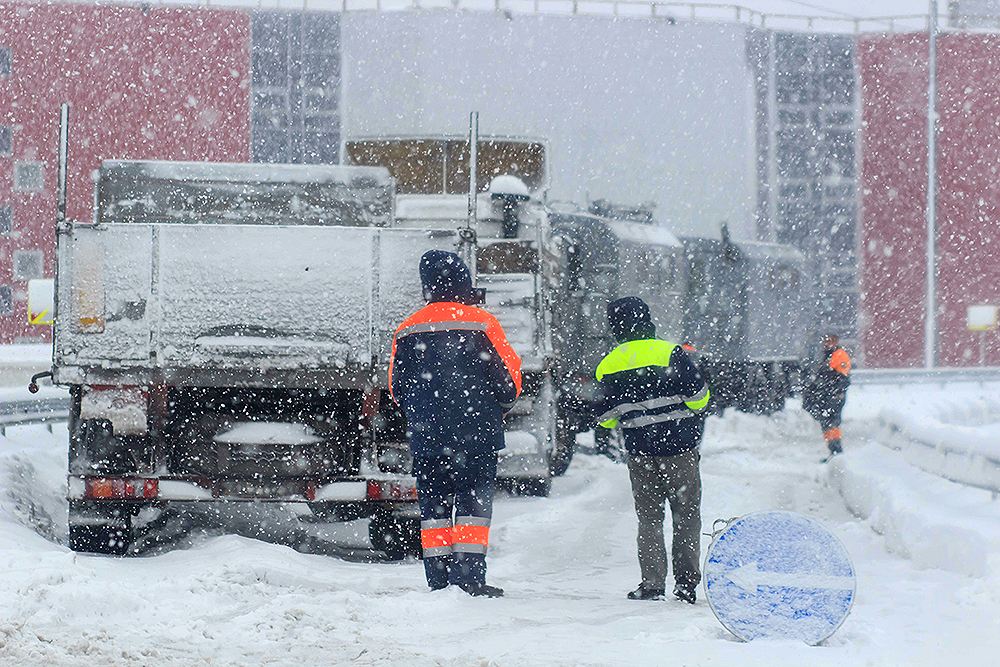Winter is beginning to creep into the Midwest. Cold winds, freezing temperatures and a mixture of rain and hail have already begun appearing.
As weather wanes between late summer and encroaching winter it can be difficult to be ready unless you are intentional with your response during this period. The risk for employees, equipment and clients can range from building access, traveling in vehicles, frozen pipes in facilities and more.
These weather challenges may seem daunting, but they are not impossible. By recognizing potential issues that may arise during this weather transition, you can prepare to ensure the continuity of operations for your organization.
Items to prep at your buildings:
- Insulate any water lines that run along exterior walls so your water supply will be less likely to freeze.
- Caulk and weather-strip doors and windows to keep moisture and wind from penetrating the interior.
- Install storm or thermal-pane windows or cover windows with plastic from the inside to insulate the walls and attic.
- Prepare areas to avoid slips, trips and falls (parking lots, sidewalks, entryways); pre-treating these areas before rain and freezing temperatures avoids the risk of injury.
- Do not leave space heaters unattended, these high-wattage appliances have the potential to ignite nearby combustible materials such as curtains, furniture, paper, clothing and flammable liquids.
- Prepare for power outage possibilities by testing your facilities back-up generators.
Items to prep for your fleet:
- Each vehicle should already have first aid kits, they are recommended year-round and should be utilized to help employees with minor medical needs.
- As temperatures fall and batteries become more prone to failure, jumper cables in vehicles are a necessity. When batteries run down, they can no longer deliver enough current to start a vehicle. If stranded jumper cables can keep your heat going while waiting for help.
- Different cell phone chargers from android to iPhone should be placed in every vehicle. It’s important to have all cell phones charged in case an emergency phone call is needed for assistance on the road.
- Many people do not dress for the winter weather to maintain their professional appearance or if they work in a temperature-controlled environment. Keeping a bin of additional winter clothing and blankets in the vehicle can be helpful in the instance of a break down.
- Vehicles should have a windshield scrapper and snow brush to keep windshields clear of debris. Do not allow drivers to operate with portholes, which are small clearings on a windshield before it has been fully cleared. The limited field of view is dangerous while driving and should be avoided.
- If you have space, a bag of kitty litter or rock salt can provide traction if your tires have difficulty driving in snow or iced conditions.
As winter begins to unfold, preparedness is key in maintaining safety and efficiency in your operations. By taking proactive measures to protect your buildings and fleet, you ensure the well-being of your employees, equipment and clients.
There may be several other specific matters pertaining to your business and facility that require attention. If you have any questions or need assistance, please reach out to your account executive or contact our safety team at The Miller Group.
